Your Cart is Empty
Free Shipping over $150 (Excludes Oversized Products)
Menu

0
Your Cart is Empty
Free Shipping over $150 (Excludes Oversized Products)
Free Shipping over $150 (Excludes Oversized Products)

Your Cart is Empty
Free Shipping over $150 (Excludes Oversized Products)
by David Kranker 5 min read
Quick Summary
The desired thickness of a knife will vary depending on use and personal preference. The ideal thickness of a knife can range anywhere from .013” to .25”. Survival knives tend to be on the thicker side, while kitchen knives tend to be slimmer.
Jump To:
Knives come in a wide variety of shapes and sizes. They also have varying thicknesses that range from the sturdy girth of a cleaver to the more delicate dimensions of a switchblade or butterfly knife. If you’re new to knife making or thinking about trying your skills at a different blade type, you may wonder what thickness to aim for.
Generally speaking, the thickness of a knife will affect how strong it is, as well as, how cleanly it can cut. Thicker blades are more robust while thinner ones have a slimmer profile that supports smoother slicing. It should also be noted that other dimensions impact blade performance and help identify the right thickness. For example, smaller knives should have thinner blades: if the blade is too thick, it can be uncomfortable to use.
In this blog, the abrasive technicians at Red Label Abrasives answer the question “How thick should knives be?” by going over different types of knives and their purpose.
The most important factor in determining knife thickness is the intended purpose of the blade. Combat knives, for example, need to be sturdy to withstand the demands of combat while a filet knife has to be thin enough to slice neatly and flex when needed. Let’s take a closer look at common utility knives and review how thick their respective blades should be.
Pro Tip:
In the knife world, there is a difference between "cut" and "slice." In this article, cutting refers to separating into parts or severing. Slicing is moving through material with a knife blade. This distinction is important when it comes to blade thickness.
The thickness of a hunting knife impacts its performance. One of the most widely used hunting knives, the Buck 119, has a .175” thick blade, which appears to be just right for most hunters. However, this is only a guideline: the ideal knife fits properly in your hand, has a sharp edge, and is strong enough for its intended purpose.
Big bulky hunting knives appeal to some people while others find them unwieldy. Others believe a thin knife is better for maneuverability and precision cutting. In the end it all comes down to personal preference and whether the knife is thick enough for do its job properly.
As stated earlier, the thinner the blade, the better a knife is for tasks like cutting and slicing. A thinner survival knife allows more accurate control when you’re carving wood and slicing up meat or vegetables, but what if you have to do some chopping or batoning?
These actions can be carried out with thinner blades, but it’s not ideal.Whenever you perform these tasks, you need some weight behind your blade: tackling wood with a ¼” blade is going to be easier and more efficient than using one that's only ⅛” thick.
The general consensus appears to be that the ideal survival knife is around 3/16” thick. This blade will allow you to carve and cut things with a decent amount of accuracy while retaining enough heft to chop and pry things open. When you only have the budget or carrying space for a single knife, this blade thickness supports the widest range of applications.
Most kitchen knives are used for peeling, chopping, and slicing food. For meat carving knives, the ideal thickness appears to be around 0.013”, which supports a clean slice. Chef’s knives used to chop vegetables and other thicker foods call for a slightly higher blade thickness, with 0.017” being sufficient for most uses.
The spine of any knife is always thicker than its edge. A knife's spine adds rigidity and stability, which prevents it from breaking while in use. The edge is thinner and shaped to create a cutting edge. In general, the thicker the spine, the greater the angle of the cutting edge.
Although this may not always be the case, some knife grinds may perform better when the steel is thicker. You will typically see convex grind knives with thicker knife steel than say scandi grind. A knife's grind and thickness are personal preferences, but one can definitely influence the other.
After you decide on a thickness, you can choose a grind that either helps reinforce the attributes of that thickness or compensates for any weaknesses. For example, if you have a thick and strong blade, you can choose a hollow or flat grind to reduce the weaknesses of the blade. Although the spine of the blade is thick, a hollow or flat grind will not add as much drag to the blade as it slices through material.
With a thin blade, you can reinforce it with a saber grind, so that the blade is stronger than it would have been otherwise, since the steel reaches farther down and reinforces the blade. A flat grind will also enhance the benefits of a thin blade, improving its cutting ability.
If you’ve never made a knife before, it starts with stock removal (you could also forge, but stock removal is easier for new makers), which is taking a length of steel and grinding until you’ve got the shape of your blade. After grinding the blade profile to the desired shape, you use an abrasive belt to create the gradual taper from the spine to the cutting edge.
The steel bar you select for your blade should not be wider or thicker than it needs to be. Taking the time to find the right size material will save you a lot of grinding time. If you are a beginner, a blade thickness of no more than ⅛” is a good idea because there is less material to grind off. As your experience grows and you start creating different types of blades, you may want to experiment with different thicknesses.
Novice and experienced knife makers have one thing in common: they earn the best results when they use a specialty abrasive to shape and sharpen their blades. At Red Label Abrasives, we have been manufacturing premium quality sanding belts specifically designed for knife making. Our most popular belts are our 2 x 72 inch sanding belts. To learn more about our products or place an order, please call 844-824-1956 or fill out our contact form.
David Kranker is a writer and creative maker who has been covering the abrasive and knife-making industries on the Red Label Abrasives Blog since 2020. David spends his time continually researching sanding and bladesmithing to provide readers with the latest and greatest information. In his free time, David utilizes abrasives for many different home and auto projects at his home in Delton, MI.
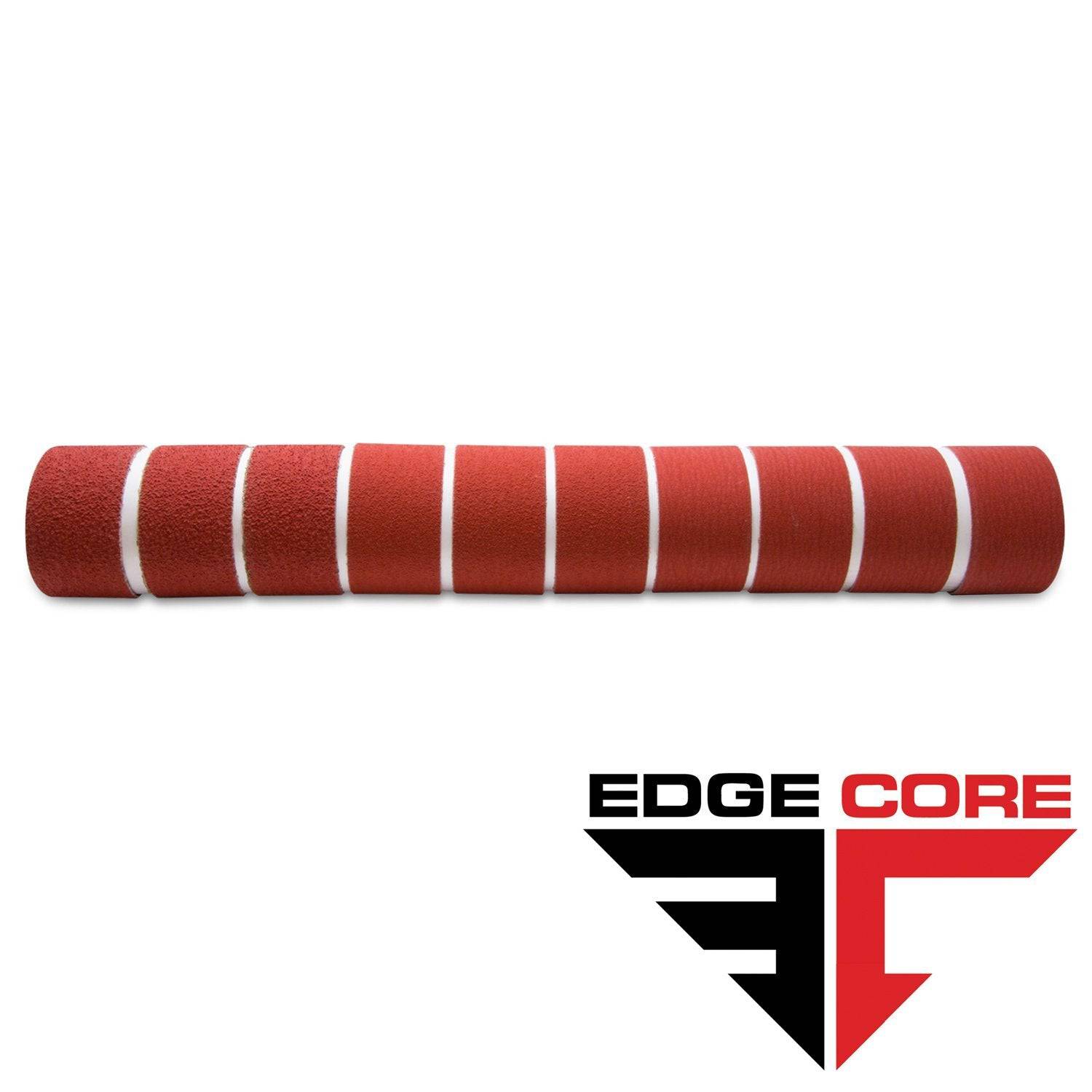
2 X 72 Inch Knife Makers Sanding Belts Assortment
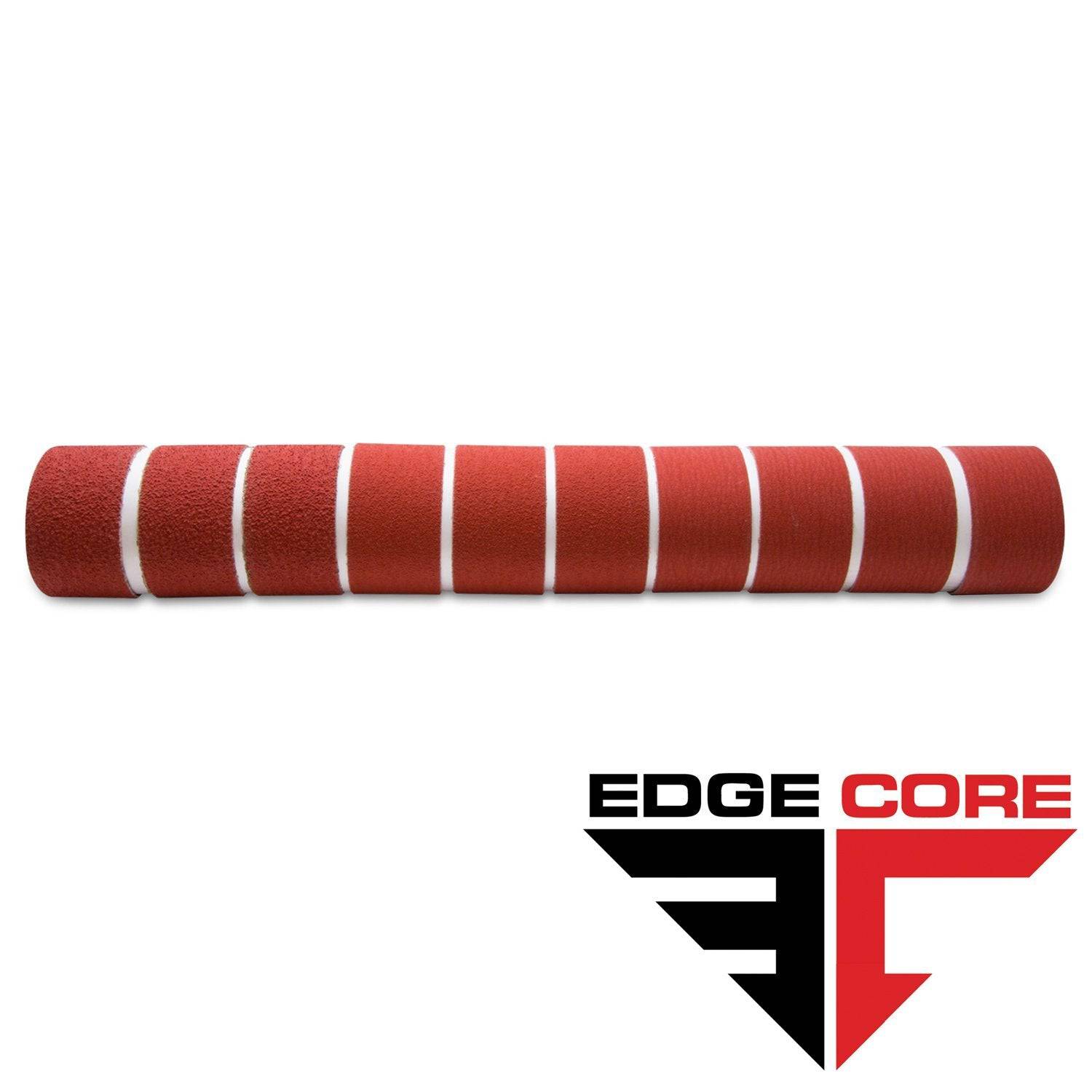
2 X 60 Inch Knife Makers Sanding Belts Assortment
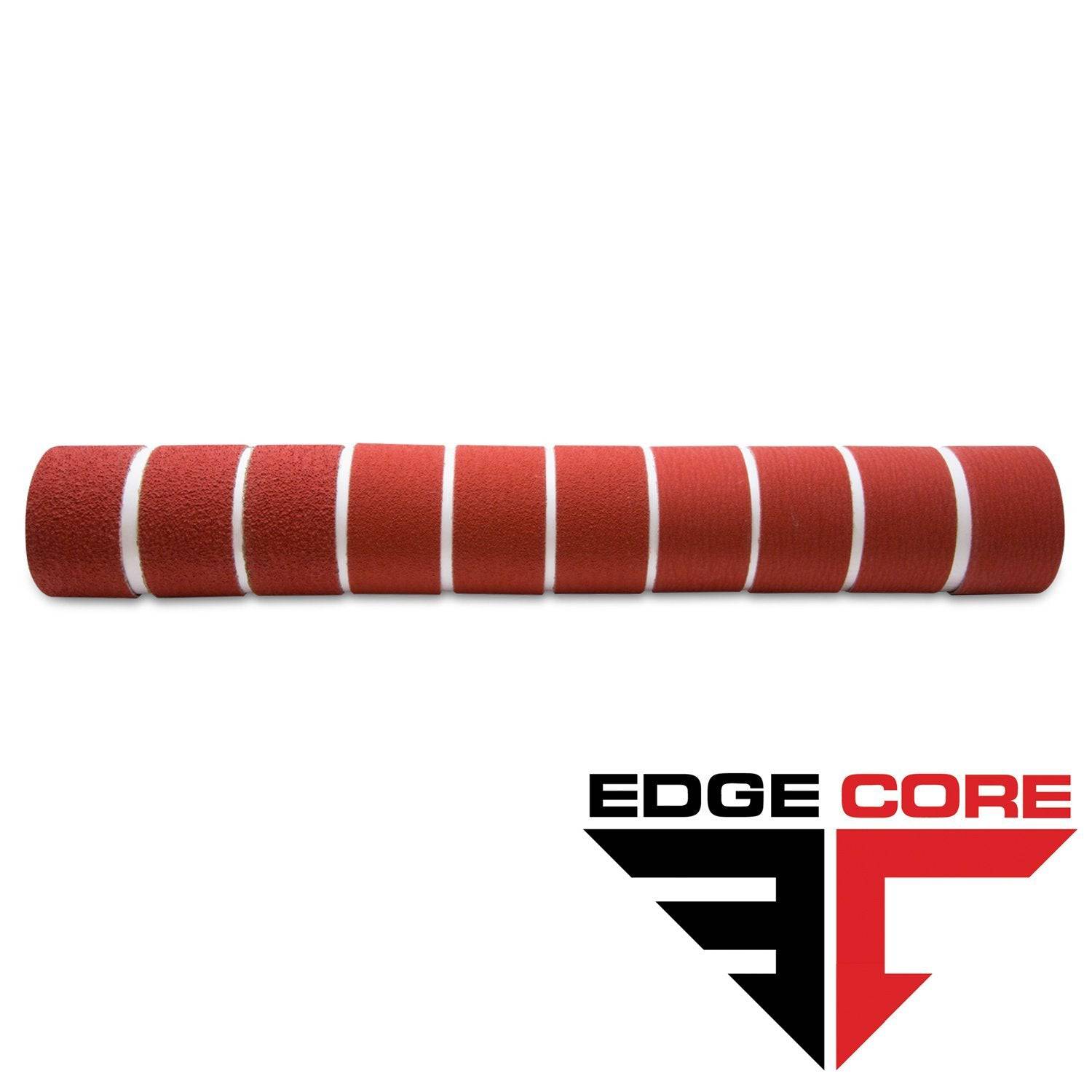
2 X 48 Inch Knife Makers Sanding Belts Assortment
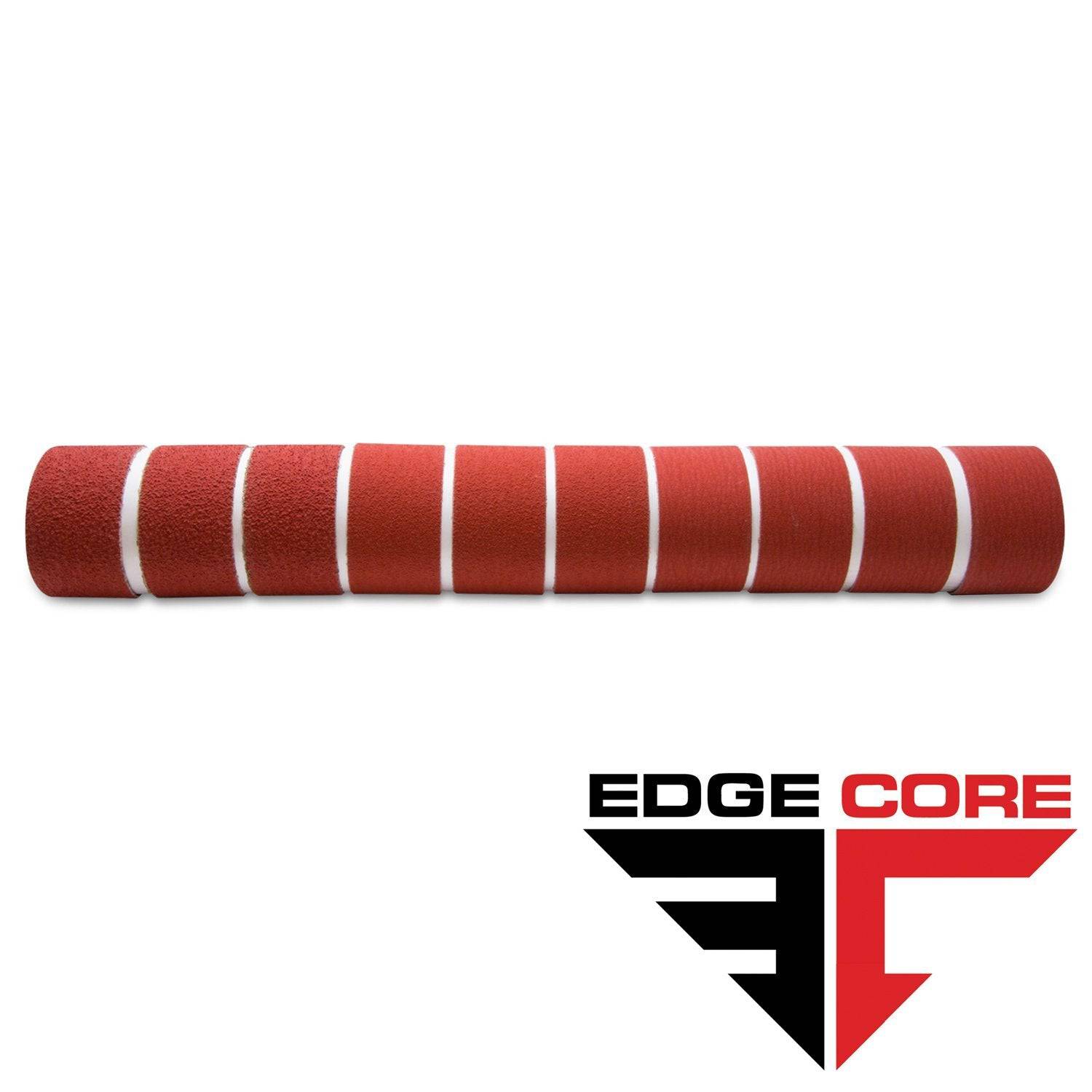
2 X 36 Inch Knife Makers Sanding Belt Assortment
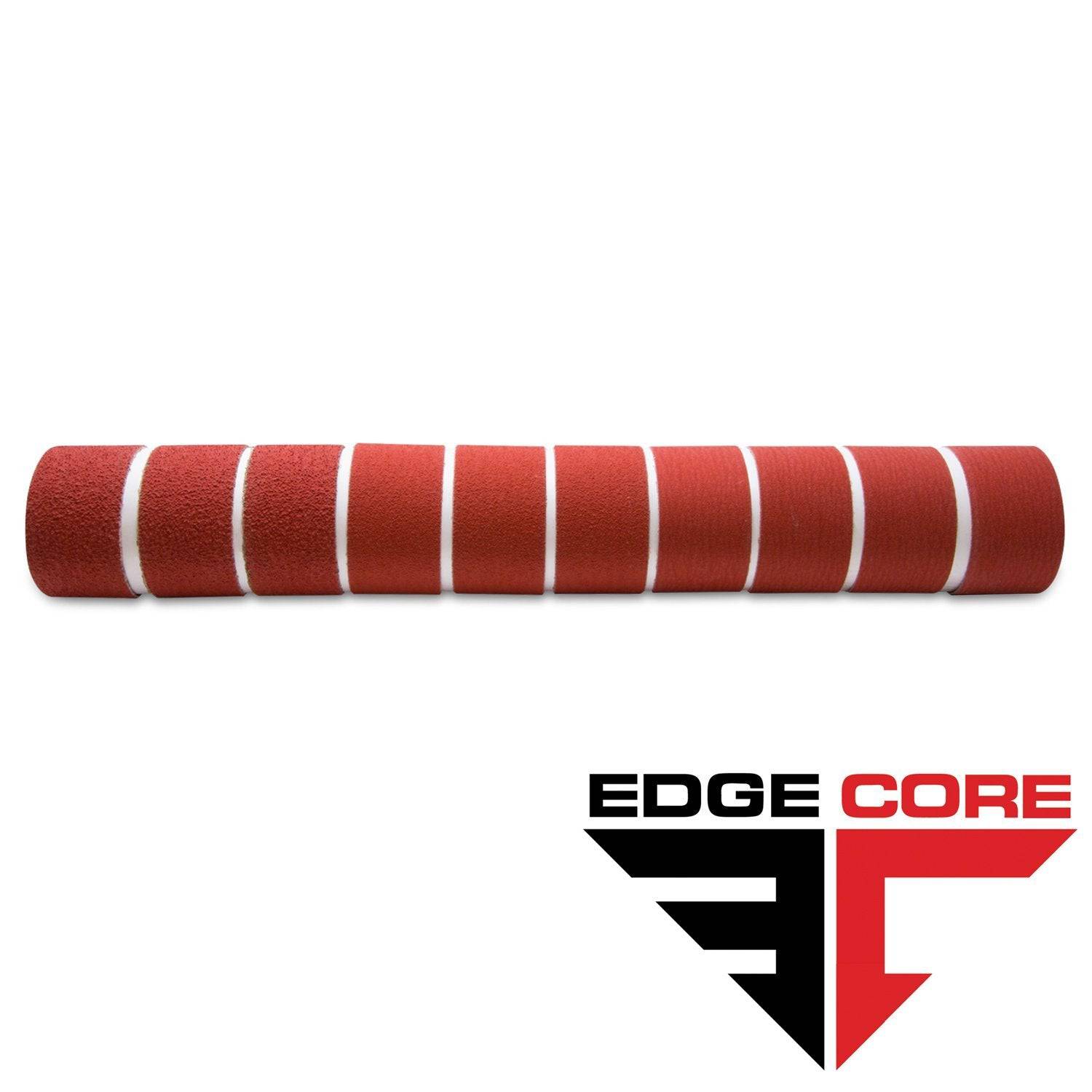
2 X 42 Inch Knife Makers Sanding Belts Assortment
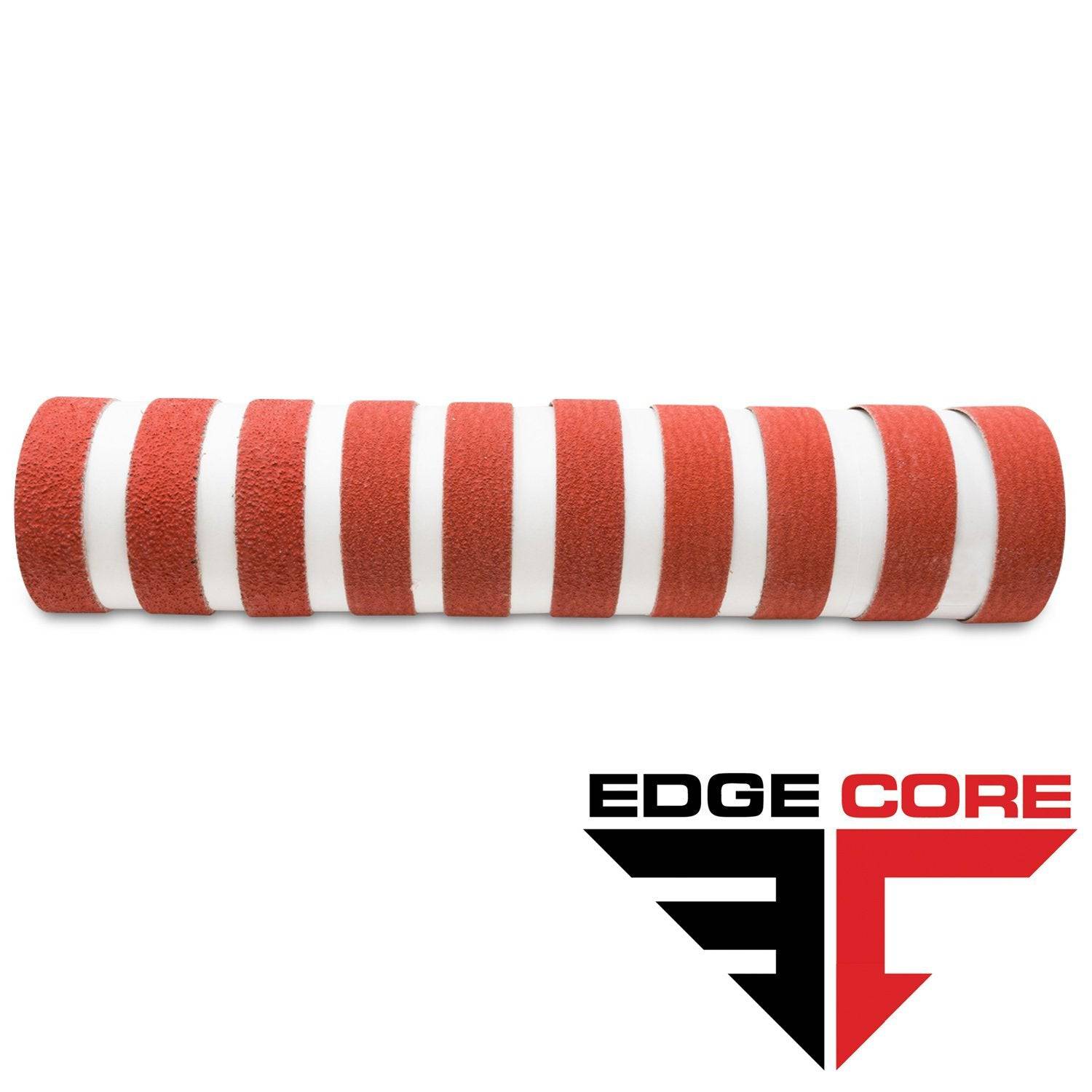
1 X 30 Inch Knife Makers Sanding Belts Assortment
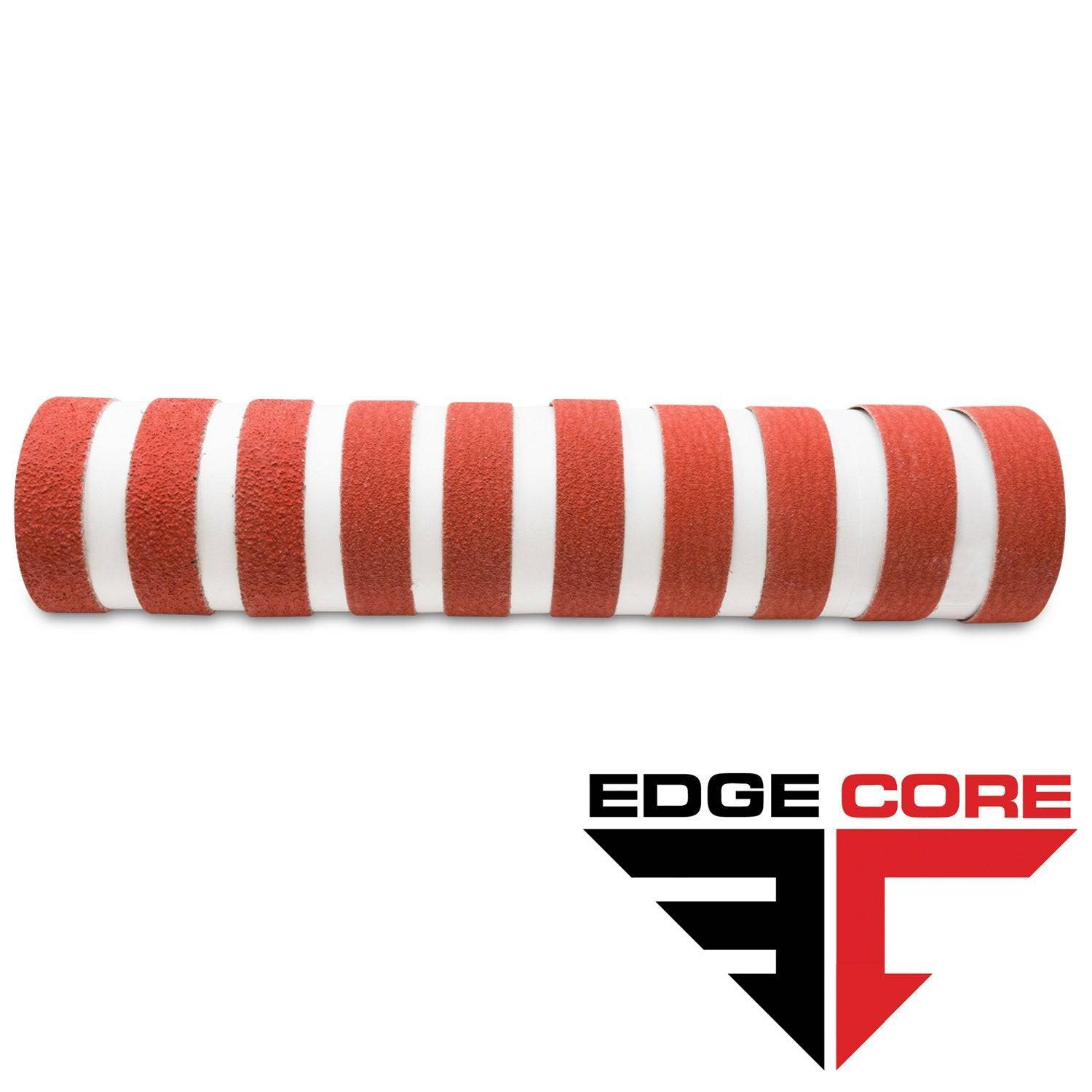
1 x 42 Inch Knife Makers Sanding Belt Assortment






